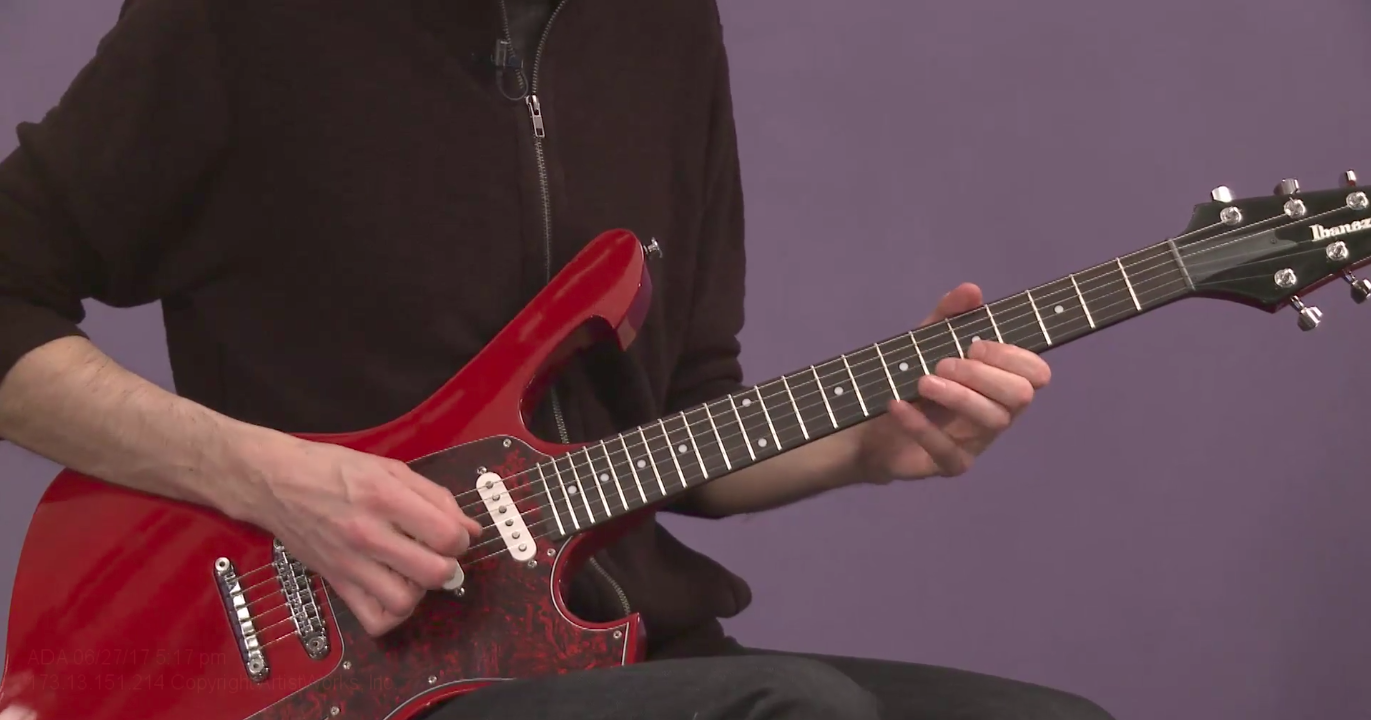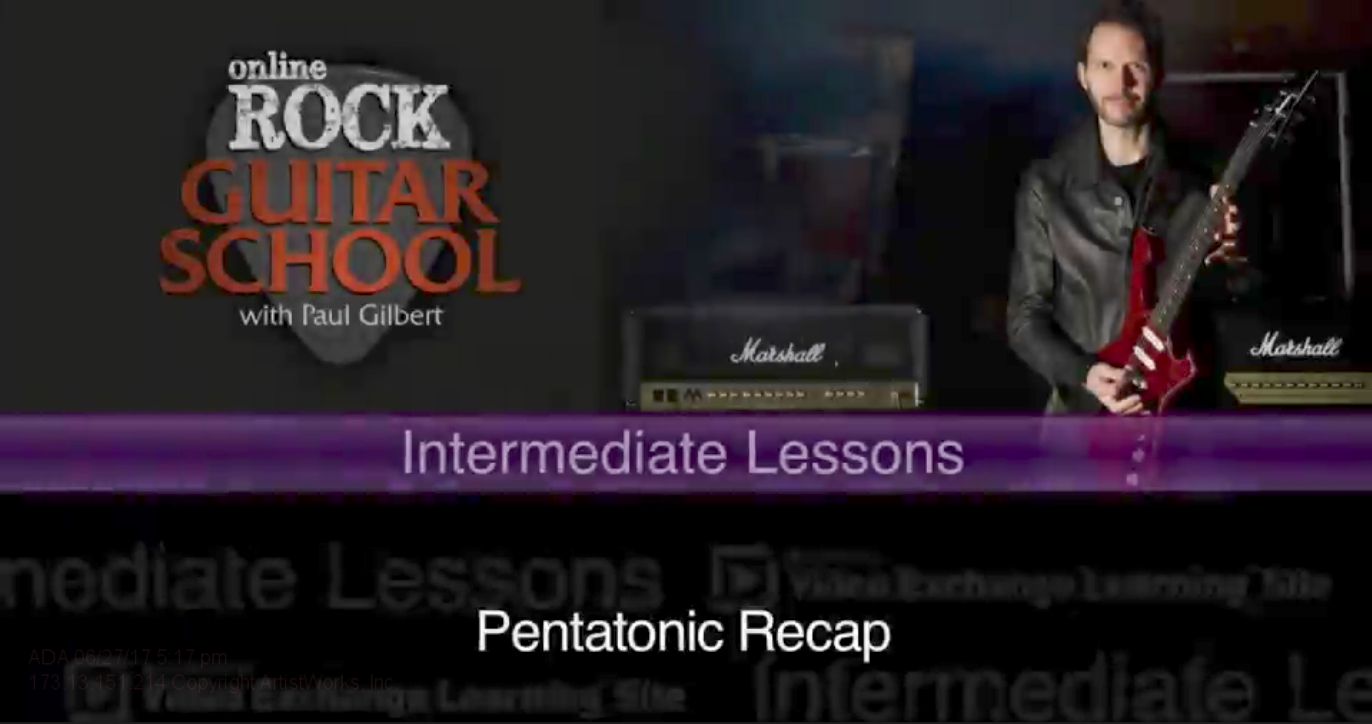Pentatonic Scale Practice Ideas for Rock Guitarists

The pentatonic scale is probably one of the most common and useful scales you'll hear in rock guitar. It’s used in many other styles as well ranging from bluegrass to blues and beyond. As the name implies, it's a five-note scale and it's embedded within the seven-note major & minor scales. However, the omission of certain notes allows you to play faster and cover a broader range of notes across the fretboard.
The popularity of this scale makes it critical for any guitarist to understand, no matter the genre you prefer. Here are some tips to help you become more proficient playing in the pentatonic scale.
Learn How to Make Any Scale Pentatonic
To get started, it’s important to know what notes you should be playing for each scale. For the major pentatonic scale, you omit the fourth and seventh tones. For example, G-major pentatonic consists of G, A, B, D, and E. For the minor pentatonic scale, you omit the second and sixth tones.
For E-minor, this would leave you with E, G, A, B, and D. You might notice that these two scales — relative majors and minors of one another — share the same notes.
This is because pentatonic scales are consistent across relative majors and minors, and this makes it easy to learn both at once.
Practice in Open Positions
There are plenty of different positions in which you can play these scales, and G-major/E-minor are great for starting to play the pentatonic scale because their notes correspond to the strings of the guitar (in standard tuning). This means that you can start from an open position.
Using the open notes of each string and playing the third fret of the sixth, second, and first strings plus the second fret of the fifth through third strings, you can cover two octaves of each of these scales.
Practice with these notes, and you’ll get a sense of how each scale should sound.

Start Moving the Scales Around
Like major and minor scales, pentatonic scales can be played in a number of different positions. Since you know what notes to skip, you can try moving that G-major pentatonic scale to different parts of the neck — perhaps try second position. Play it like you would normally, but make sure to skip C and F# like you did in the open position. This would work the same way for E-minor; just make sure to skip the same notes.
Here's something pretty cool about the popular pentatonic - just like with major and minor scales, you can always change the key simply by moving these patterns up and down the neck of the guitar.
Once you get the hang of these first two keys, simply try starting on different notes and playing in new keys, and try different positions out along the way. Mastering this will allow you to connect different positions of the same scale, leaving you free to cover the whole neck while improvising.
Play Over Backing Tracks
Playing with rhythm tracks can help you understand the full potential of pentatonic scales. You will soon find that the same scale can be played over a variety of major and minor chord progressions. One way to help you remember what key you’re in is knowing the positions relevant to major/minor keys. For example, if you start in E-minor and play the scale from the open position, it sounds minor. Take the same scale, however, starting at G, and play over a G-major chord.
Now the scale suddenly sounds major. This works all up and down the neck. Practicing these techniques as little as 20-minutes per day can significantly increase your ability to play fluently all over the guitar neck.

Ready to step up your rock guitar skills? Click here for free sample lessons with Paul Gilbert!
Related Blogs:







Comments